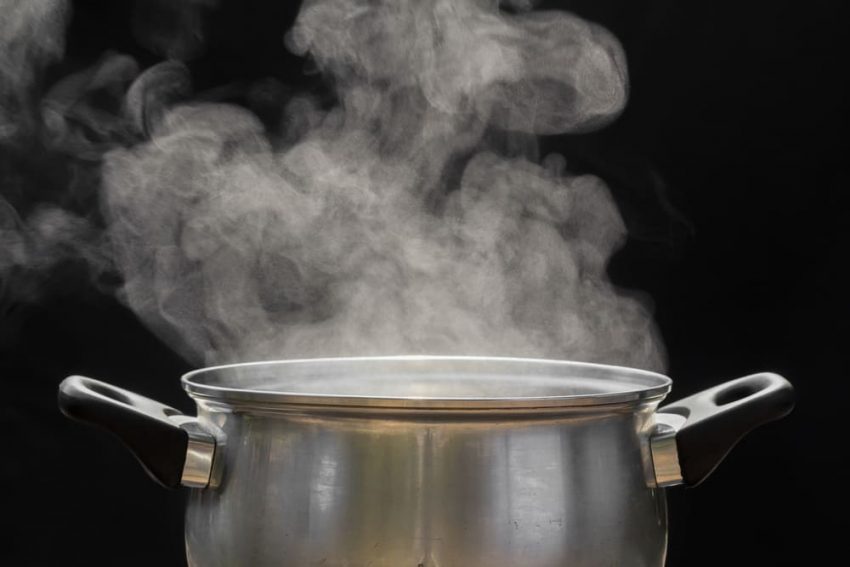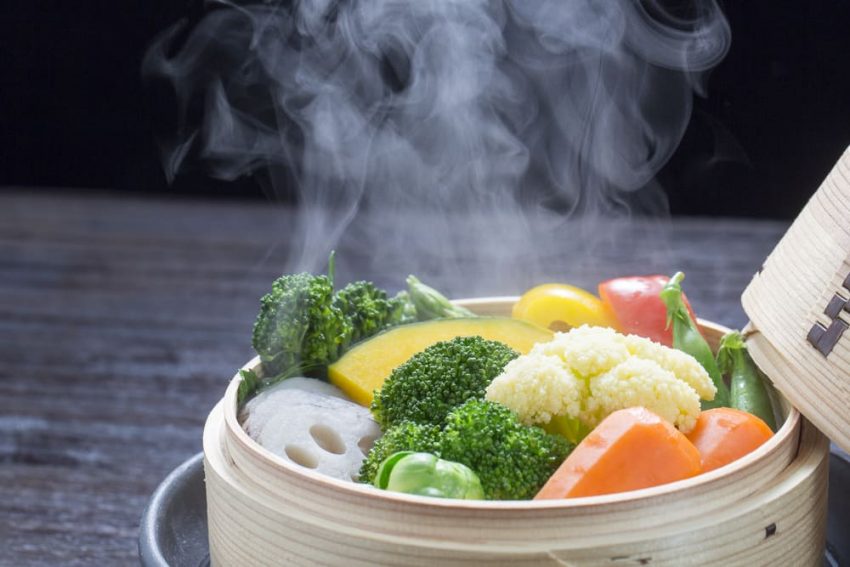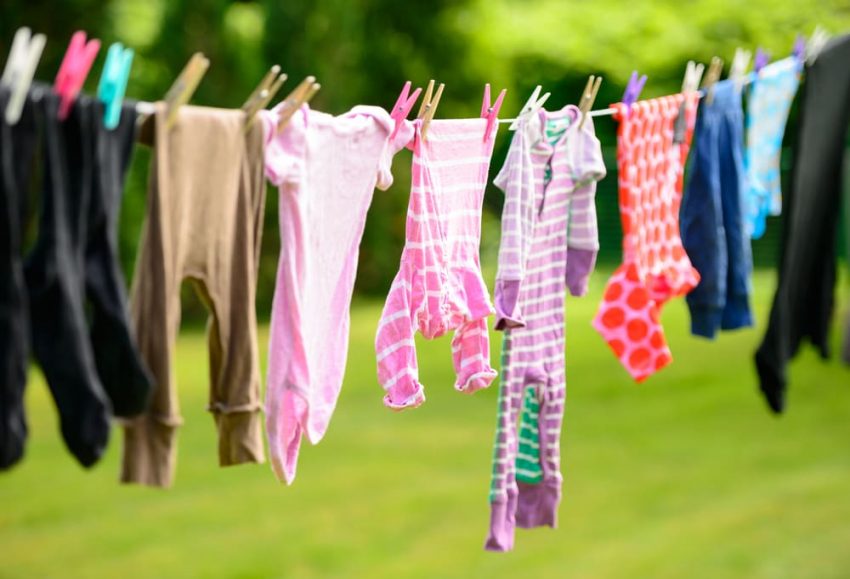The vaporization is the change of state of aggregation from liquid to gaseous. It is a thermodynamic process, that is, it is caused by the action of heat and / or pressure. For instance: clouds, stuffed vegetables, tile drying.
Boiling is distinguished from evaporation because in boiling the change of state (liquid to gas) occurs due to the increase in temperature inside the liquid until reaching the maximum temperature that this substance can reach in liquid state (boiling point ).
On the contrary, evaporation can occur at any temperature. This process happens slowly and gradually, although the change of state (phase) is faster if the temperature is higher.
For a molecule of a substance to go from a liquid to a gaseous state, it needs to acquire enough energy to overcome the surface tension (typical of liquid substances). Since vaporization requires energy consumption, it is an endothermic process.
The opposite process to vaporization is condensation: the change from gaseous to liquid state by lowering the temperature of the gas.

Examples of uses of vaporization
- Increasing the concentration of a solution. One type of solution consists of a solid substance dissolved in a liquid. If the liquid evaporates, its quantity in the solution decreases, therefore, the concentration of the solid substance is higher.
- Atmospheric humidity. Moisture in the atmosphere is the product of vaporization. Therefore, in areas near seas or large lakes, atmospheric humidity is usually higher.
- Clouds. Clouds are the product of the vaporization of water from water mirrors (lakes, seas, lagoons, etc.) and from other humid surfaces (plants, land, animals, etc.), which then condense into droplets suspended in the atmosphere.
- The reduction in gastronomy. When we heat a sauce to make it thicker or increase the intensity of its flavor, what we do is accelerate the process of evaporation of liquid.
- The heated pools. In closed areas where heated swimming pools are located, a large amount of humidity can be perceived in the air. This is because, due to the high temperature and the large surface of the water, evaporation occurs more quickly than in cold pools.
- The salt flats. The salty water is allowed to evaporate in places called salinas. As the water is removed through evaporation, the salt is available for sale.
- The steam kitchen. In gastronomy, steam cooking is a cooking method that prevents food from coming into contact with a liquid. The food is placed in a container with holes and that container in turn is placed on another containing boiling water. By covering the container, the steam is trapped and, due to its high temperature, cooks the food.

- Tile drying. The tiles do not absorb liquid. However, when a tile surface (floors, bathroom or kitchen walls) is cleaned with water, soon after that surface is dry. This is because the water became a gaseous state thanks to vaporization.
- Machine drying clothes. The machines increase the temperature of the clothes reaching a heat much higher than that found outdoors. In this way, the evaporation process is greatly accelerated. In addition, the drying machines move the fabrics constantly, ensuring that all surfaces come in equal contact with the hot air.
- Steam in hot drinks. When we drink tea or coffee, we observe that the steam rises above the cup. This is because the steaming process is accelerated due to the heat of the drink.
- Stuffed vegetables. Different fruits and vegetables (such as mushrooms and dried tomatoes) undergo a process by which, under the influence of heat, they lose the water they contained (that is, the phenomenon of vaporization occurs). Water is one of the needs that bacteria have to live and reproduce, that is why dried vegetables remain fit for consumption much longer than fresh vegetables.
- Clothes drying by hanging. Wet fabrics that are laid out in the open begin a slow process of evaporation of the water they contain between their fabrics. Evaporation occurs on the surface, so the fabrics are spread to allow the process. The factors that affect the drying of clothes in the open air are heat (evaporation accelerates when the heat increases) and the humidity in the air.

